Challenge
After carrying out a series of mergers and acquisitions, Watermark Insights found itself in a unique position. The merge of multiple organizations’ CRMs created 100,000 duplicates overnight—which also flooded into Watermark’s Marketo instance. Deduplicating this database became a huge obstacle, given the majority of records required cross-object merging of leads-to-contacts.
Watermark needed a solution that could streamline its data orchestration processes and operationalize its external data sources. Due to the relatively small nature of their market, Watermark found it needed to leverage multiple third party datasets to enrich its data. Equipped with large data files, sales reps would export, combine, and manually apply cumbersome formulas carrying out propensity modeling in Microsoft Excel. This time-consuming aggregation of data and modeling processes lacked standardization and were not scalable.
Prior to the mergers, the individual companies that now make up Watermark had focused on varying segments within the same market. This overlap made Watermark’s ideal customer profile unclear and it was difficult to determine which leads or contacts should be targeted. Before using ZoomInfo, there was also not a traditional way within Salesforce and Marketo to route records to their respective accounts, so Watermark relied on complex routing rules that fueled a manual, time-consuming process.
Another major challenge for Watermark was that it lacked the data-driven prioritization of accounts to focus its marketing and sales efforts, or to identify key decision makers. Austen shares the result, “we spent a lot of time and effort on creating white papers, facilitating webinars and what we thought would be high-value marketing activities. But ultimately, we found the number of MQLs underwhelming, and when we did have success, it was not repeatable.” These time-intensive marketing activities proved to be challenging and unsustainable. He adds, “we weren’t really able to market leads from an Account-Based Marketing perspective.”
“We saw MQLs happening after every task because we are now combining activity of records that should have been together all along. This really increased the number of great opportunities for our sales team.”
Calon Alpar
Senior Manager of Demand Generation at Watermark
Solution
Since adopting ZoomInfo’s Operations, Watermark has been able to create more powerful and accurate data—leaving its tedious data orchestration processes behind as teams “combine all the disparate data sets that were in individual Excel files into one consistent database. We now take all of the inputs that go into our propensity model and apply them directly and systematically into Salesforce.” Calon adds.
Using Cleanse, Calon tackled Watermark’s thousands of duplicates created after the merger. He can now seamlessly customize and prioritize how duplicate cross-object information is merged using Cleanse’s robust surviving record criteria. With Enrich, Watermark can also connect multiple enrichment sources and establish ongoing normalization and deduplication efforts to prevent duplicates from being created in the future.
By automating the process that enriches, normalizes and segments incoming records then matches this data to existing accounts, sales teams can have immediate visibility into comprehensive account data at the lead level. Using third party data as an enrichment source to enable segmentation, Watermark can also categorize its accounts, easily identify key decision makers, and refine its Ideal Customer Profile.
“We put in front of our reps the accounts where they are most likely to be successful. Our sales development team now focuses all their calling efforts based on our Ideal Customer Profile. Sales and marketing are aligned. We tackle our accounts with a true account-based marketing approach,” Austen explains.
The Results
Since implementing ZoomInfo’s data orchestration platform, not only did Calon and Watermark’s Data Operations team remove the 100,000 duplicates in a few weeks, but Watermark has transformed its data hygiene and set the stage for long-term growth, “We have been able to ensure that we maintain a clean database, which is essential for an efficient and effective path toward meeting our aggressive growth goals.”
Operations has become a powerful data orchestration tool for Watermark, propelling its marketing and sales efforts and adding an additional $2 million to its pipeline. “We saw MQLS happening after every task because we are now combining activity of records that should have been together all along. This really increased the number of great opportunities for our sales team,” Calon says.
“We now have a full picture of the people in our database and the organization that they’re a part of. We can campaign based on what is happening at their accounts. Lead-to-account matching really helps us understand that overall account view,” Calon adds. This has also helped Watermark identify its total addressable market, and break it down into key demographics based on its ICP. Sales teams can more easily find the right contacts at the right accounts and truly align their sales and marketing efforts.
Watermark Insights has been able to apply their propensity model to all 4,000 of its higher education accounts in the U.S. By operationalizing this into a workflow using Operations, Watermark has created a reliable scalable process to advance its aggressive goals much faster than ever anticipated.



